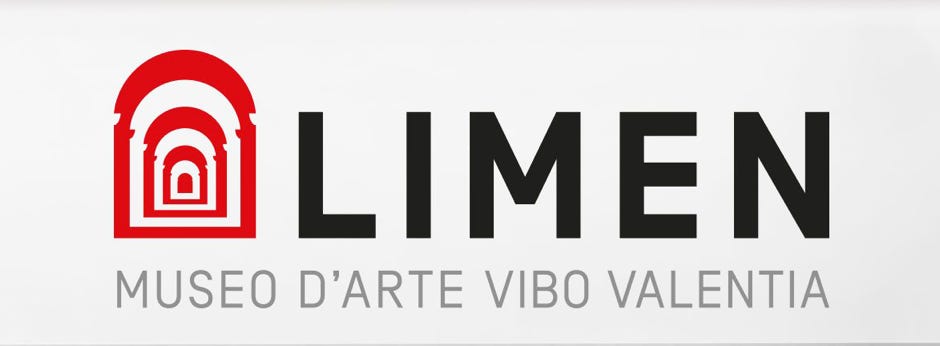V Premio Internazionale Lìmen Arte
Palazzo Comunale E. Gagliardi, Vibo Valentia
Juried Exhibition, 21st December 2013 - 2nd February 2014
1 painting exhibited
Winner of the Foreign Artist Category
Estrato : Prof. Giorgio di Genova
l’intermedia porta che la visione si ribalta totalmente, offrendo da un lato il pianerottolo su cui una scarpa sinistra punta verso un corridoio con scala in discesa che finisce in una stanza con un pavimento a triangolo verdi e bianchi su cui è una spoglia sedia, e dall’altro lato la scarpa destra (si noti la sottigliezza dell’inversione) sul pavimento bianco-verde con la punta rivolta verso la scala-corridoio che sale verso un altro vano illuminato da una finestra a lato della quale è un orologio a pendolo. Non c’è che dire, Critchley sa svelare appieno e intelligentemente i segreti dell’illusionismo proprio alla pittura, usufruendo appunto dei giochi prospettici che da Brunelleschi in poi, rincorrendo la verosimiglianza, si sono sbizzarriti ad ingannare l’occhio. Ed egli ce ne dà una doppia dimostrazione nell’ambito di un’unica soluzione.
Con la porta mobile Critchley invade in modo parziale lo spazio tridimensionale, quello spazio tridimensionale che invece proprio alla scultura, linguaggio che declina le sue morfologie in modi differenti, addirittura ricorrendo a materiali differenti, sulla base della lezione del Manifesto tecnico della scultura futurista, stilato nel 1912 dal sommo Boccioni, il quale, affermando che un’opera di scultura poteva essere realizzata anche con venti materiali diversi (“vetro, legno, cartone, ferro, cemento, crine, cuoio, stoffa, specchi, luce elettrica, ecc. ecc.”), aprì non solo la strada all’assemblage, ma a tante modalità della plastica contemporanea, avviando quell’onnivoracità che da ormai cento anni connota la produzione artistica, e non solo nell’ambito della scultura.
Catalogo Premio Internazionale Lìmen Arte 2013,
Camera di Commercio Vibo Valentia
testo p.75, illustrazione p.79.
… [Critchley] prefers specially shaped formats to accentuate the illusionistic effects of spacial depth in which, using mobile panels, he manages to offer more viewpoints. So the impressive Foot in the Door has two perspectives: one only has to move the central door to totally change the view, offering on one side the landing on which a left shoe points towards a corridor with a stairs going down that finishes in a room with triangular green and white flooring in which there is an empty chair, and on the other side the right shoe (note the subtlety of the inversion) on a white-green floor points towards a corridor and stairway which goes up to another space illuminated by a window on one side of which there is a grandfather clock. There is nothing to say, Critchley knows how to reveal fully and intelligently the secrets of illusionism within painting itself, using playful perspectives which, since Brunelleschi onwards, use true likeness to indulge and trick the eye. And here he gives us a double demonstration within a single piece.
With the mobile door Critchley partially invades the three dimensional space, that 3D space that usually belongs to sculpture, a language that defines its morphologies in different ways, using quite different materials, based on the lesson of the Technical manifest of the futurist sculpture outlined in 1912 by the pre-eminent Boccioni, who, affirmed that a sculptural work could also be realised with 20 diverse materials (“glass, wood, cardboard, iron, cement, horsehair, fabric, mirrors, electric light, etc. etc.”), opening not only the way to assemblage but to so many other models of contemporary plastic arts, having that diversity that now 100 years later marks artistic production and not just in the field of sculpture.

